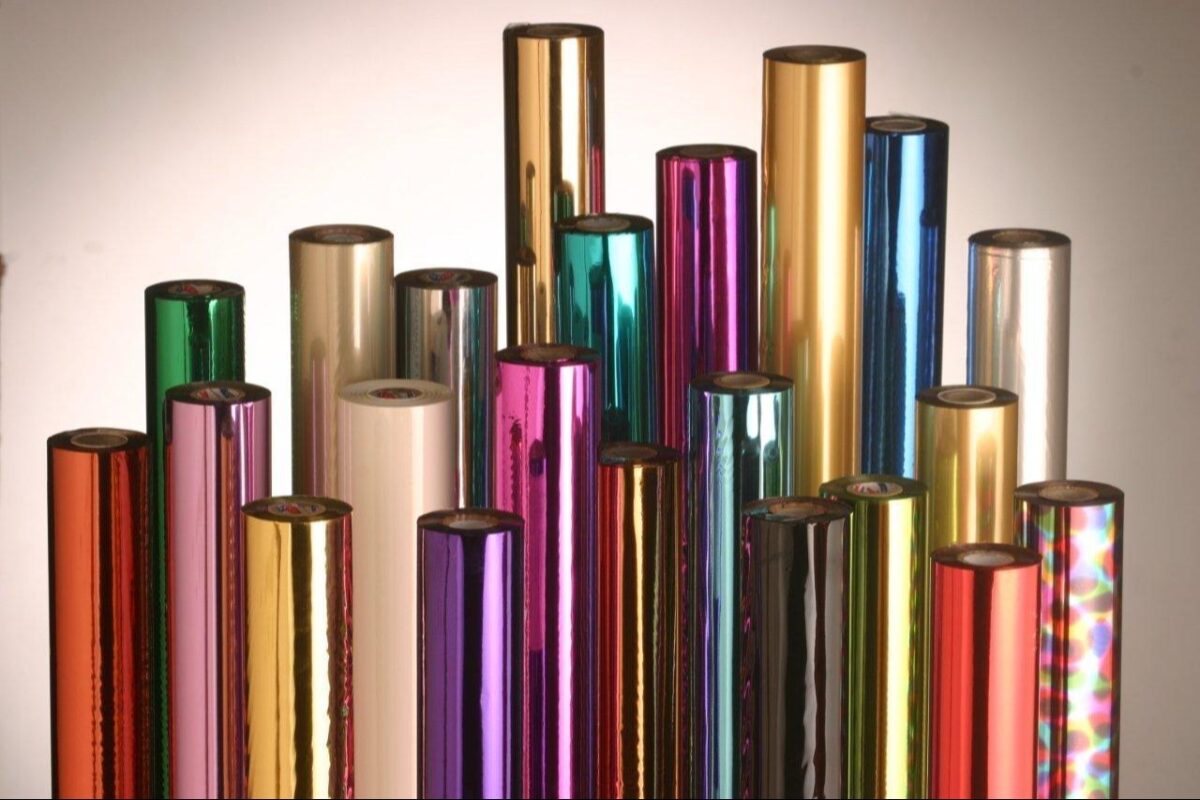ブログ
Satin Ribbon Printer: Features, Applications, and Buying Guide for Distributors
Businesses now depend on satin ribbon printers to place personalized branding on packaging alongside products and event materials. The market for personalized satin ribbons has expanded across multiple industries because businesses are now realizing the benefits of branded presentation.
Distributors, wholesalers and sourcing experts must understand satin ribbon printer functionality to identify market opportunities. This complete guide includes all vital information about satin ribbon printers including their function, the industries that utilize them and how to choose the perfect model for your customers.
What Is a Satin Ribbon Printer?
The satin ribbon printer functions as a specialized device which enables businesses to imprint designs and text onto satin ribbons. Satin ribbon printing excels when performed on satin material due to its smooth and glossy texture. A combination of thermal transfer, inkjet, and hot foil technologies enables these printers to create precise and smudge-proof images which stick to satin’s sensitive surface.
Satin ribbon printers are used for:
- Branding product packaging
- Creating custom event ribbons
- Designing personalized garment labels
- Enhancing gift presentations
Satin ribbon printing provides users access to professional-level outputs that can be produced quickly at minimal unit costs.
How Satin Ribbon Printers Work
Thermal Transfer Printing
The printing method uses heat to move pigment from foil to the satin ribbon. One-color prints benefit from this printing method because it produces reliable results quickly and works well for text and basic logo designs.
Inkjet Printing
Inkjet technology allows full-color, high-resolution printing. The printer sprays ink straight onto the satin ribbon which enables printing of multicolor gradients, logos and detailed photographic designs.
Hot Foil Stamping
The traditional process uses heated metal dies together with foil to create embossed patterns on ribbons. This technique produces metallic and luxury effects which find widespread applications in premium packaging and wedding events.
The appropriate technology matches distinct use cases and production requirements which will be analyzed in detail below.
Key Features to Consider
Print Resolution
- Entry-level: 300 dpi
- Mid-range: 600 dpi
- High-end: 1200 dpi
Intricate logos along with fine fonts and small-format designs require higher resolutions for quality printing.
Printing Width Compatibility
Satin ribbon printers typically offer printing width options ranging from 10mm to 100mm. Adjustable head settings provide flexibility across different printing tasks.
Ink and Foil Options
- Thermal printers: Wax/resin foil rolls
- Inkjet printers: Dye or pigment-based inks
- Foil printers: Metallic, matte, or holographic foils
Ribbon Material Compatibility
- Satin (single-faced, double-faced)
- Grosgrain
- Cotton
- Organza
Satin ribbon printers must handle different ribbon types to fulfil client requirements.
Print Speed
- Entry-level: 25–50 mm/s
- Professional: 60–120 mm/s
Speed is crucial for high-volume production environments.
Connectivity and Software
- USB, Wi-Fi, or Ethernet integration
- File support: AI, PNG, SVG, PDF
- Built-in touchscreens or PC-compatible software
Applications Across Industries
1. Floristry
Florists need custom ribbons to adorn flower bouquets and sympathy arrangements as well as wedding décor. Satin ribbon printers enable florists to add personalized messages as well as dates and logos to their products.
2. Gift Packaging
Brands transform gift wrapping into an elegant and personalized experience. Satin ribbons with custom designs boost brand recognition and perceived product value.
3. E-commerce and Subscription Boxes
Custom ribbon from online retailers improves unboxing experiences and helps maintain brand awareness.
4. Garment Labeling
Satin labels that display sizes, care instructions or logos can be printed directly onto garments and sewn in place to replace traditional labels.

5. Promotional Merchandise
Printed satin ribbons serve as branded giveaways for event planners while promotional companies use the same material for gift bags and tradeshow swag.
Customers need to evaluate their specific requirements to select the correct satin ribbon printer.
Determine the Primary Use Case
Does the client require logos that display full-color graphics or just plain text messages? Is speed or quality the priority? By understanding use cases you can identify the ideal technology solution.
Consider Output Volume
Thermal printers provide advantages for small businesses with low printing demands like small florists. Packaging factories that produce large quantities require high-speed industrial printing solutions.
Ribbon Types and Widths
The chosen machine must be compatible with the ribbon dimensions and substances the client intends to use.
Software Integration
Clients focused on design need printers that support design software applications and offer flexible file importing options.
Total Cost of Ownership
Account for:
- Printer cost
- Ink/foil consumables
- Ribbon rolls
- Maintenance or parts replacement
Although low initial costs are appealing, machines with high consumable expenses can prove inefficient as long-term investments.
Benefits for Distributors and B2B Buyers
Recurring Sales Opportunities
Users who operate printers need to maintain their supplies through consistent purchases of ribbons, inks, foils, and replacement parts. Distributors benefit from predictable revenue streams due to regular printer supplies orders.
Wide Industry Applications
Satin ribbon printers attract multiple B2B buyers across different industries.
- Gift packaging suppliers
- Floral wholesalers
- Boutique apparel brands
- Promotional agencies
- Event production companies
Product Bundling Potential
Create kits that include:
- A printer
- Starter ribbon rolls
- Ink or foil cartridges
- Setup guides or sample templates
Customization as a Value Proposition
Satin ribbon printing solutions from distributors empower clients to establish brand loyalty while enhancing customer experience and creating added perceived value.
Conclusion
Businesses appreciating branding and personalized elegant presentation find the satin ribbon printer to be a versatile and sought-after device. These machines represent a scalable and profitable business opportunity for B2B resellers who supply floral shops, luxury packaging solutions and garment labeling services.
Satin ribbon printers represent a beneficial product choice for distributors and sourcing professionals who want to boost their product offerings with items that promise high profits and consistent sales.
📧 sales@foyottr.com
📞 Tel: +86-592-6018318
🌐 Visit Our Website
💬 Contact Us Today
よくあるご質問
What is a satin ribbon printer?
The machine known as a satin ribbon printer produces printed text and designs on satin ribbons for various uses in packaging and branding.
Satin ribbon printers operate using thermal transfer technology alongside inkjet printing and hot foil stamping methods.
Satin ribbon printers utilize three main technologies which are thermal transfer, inkjet, and hot foil stamping. Different technologies demonstrate specific advantages that vary according to each unique application.
What industries use satin ribbon printers?
Satin ribbon printing serves floristry, gift packaging, apparel labeling, e-commerce, and event promotion as primary industries.
Full-color images can be printed on satin ribbon using an inkjet satin ribbon printer.
An inkjet satin ribbon printer is required to achieve high-resolution multi-color printing results.
Is satin the only compatible ribbon type?
No. Even though satin ribbon is the most popular, printers typically support grosgrain, cotton, and organza ribbons too.
📧 sales@foyottr.com
📞 Tel: +86-592-6018318
🌐 https://foyottr.com/
💬 https://foyottr.com/contact-us/

